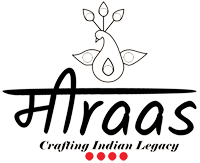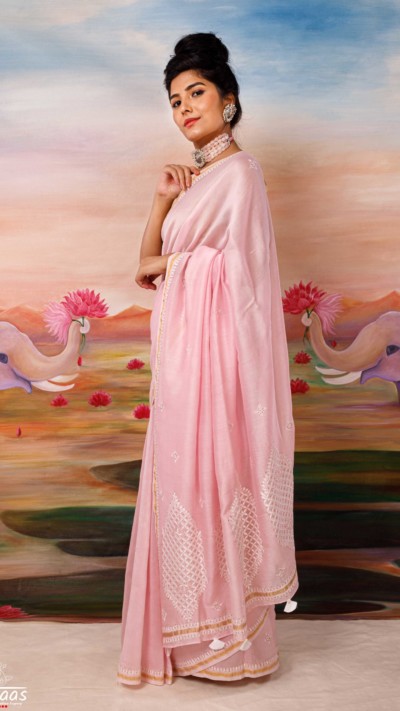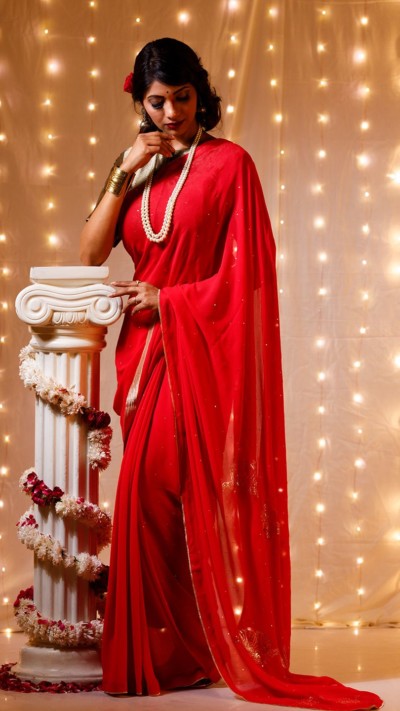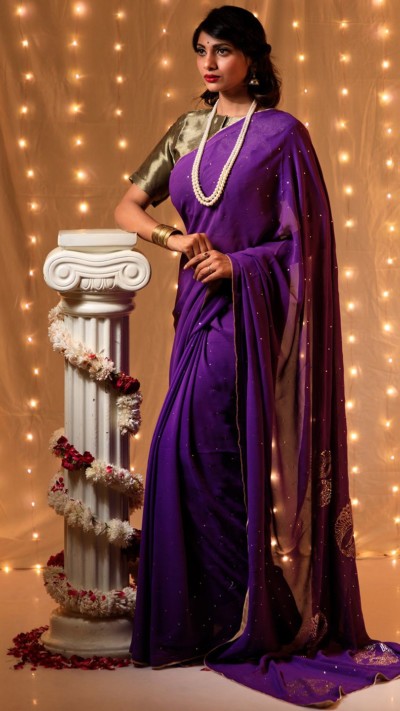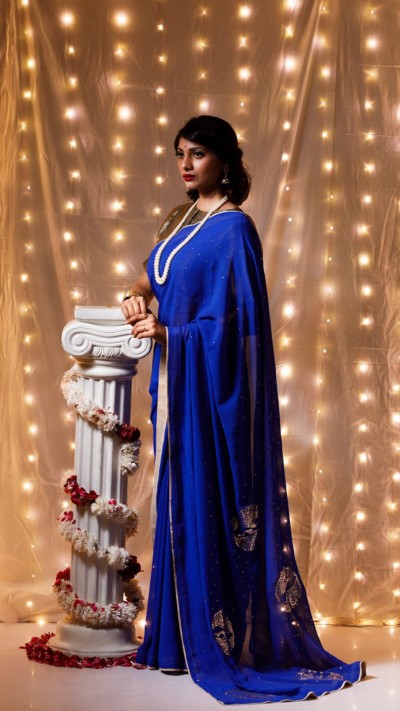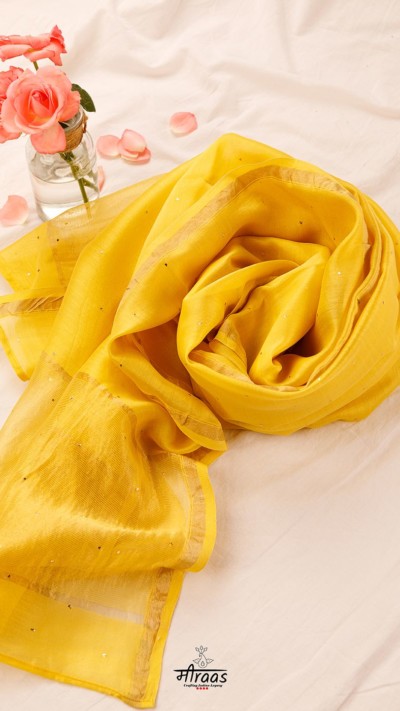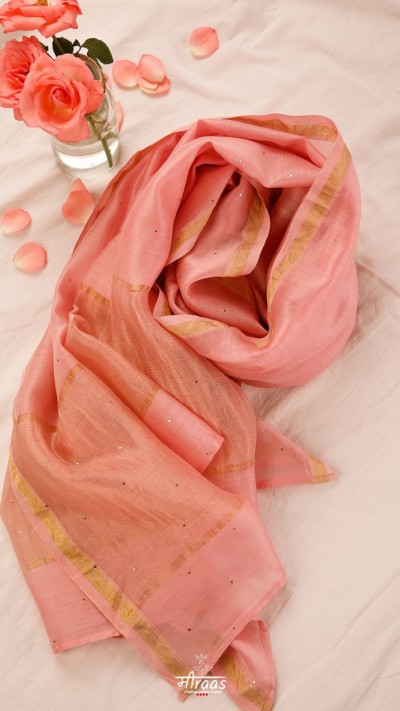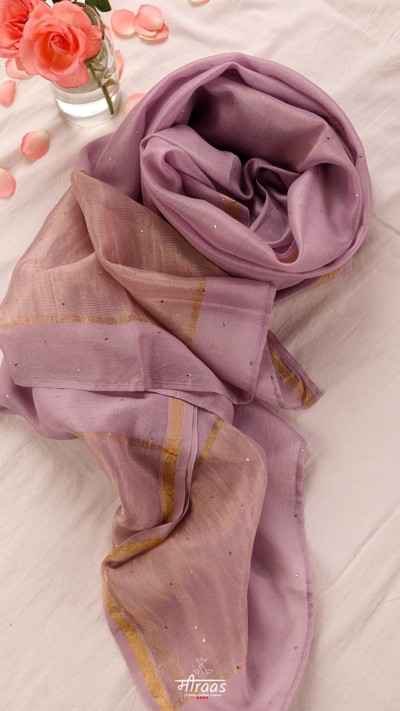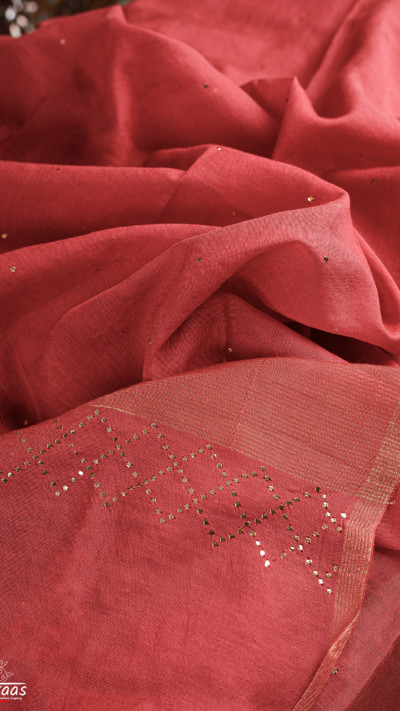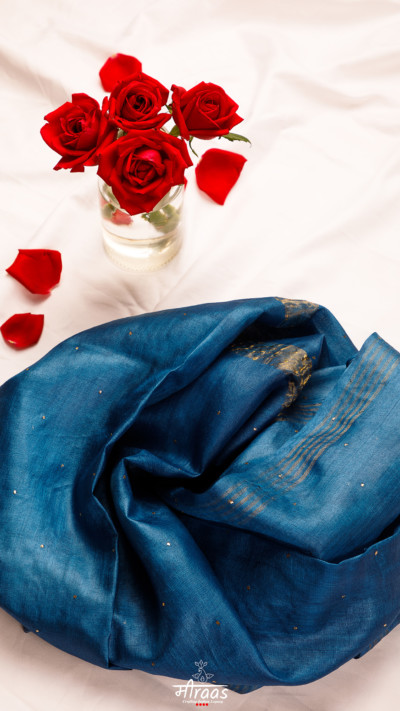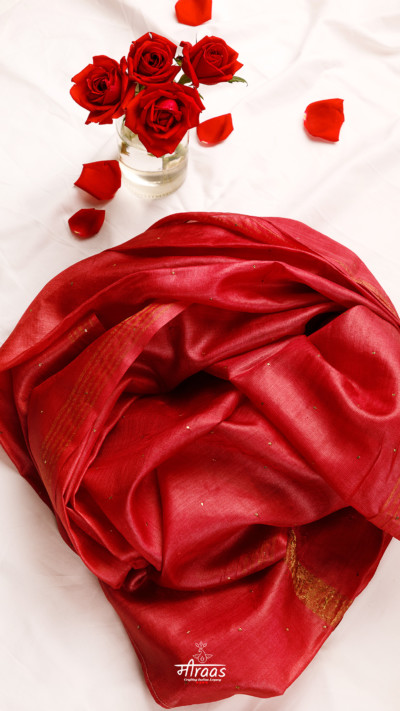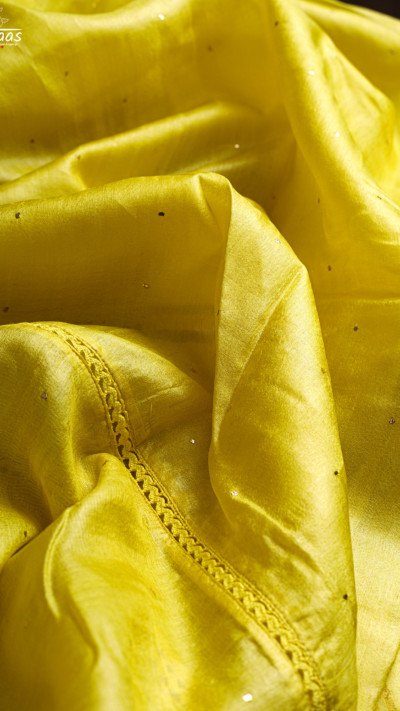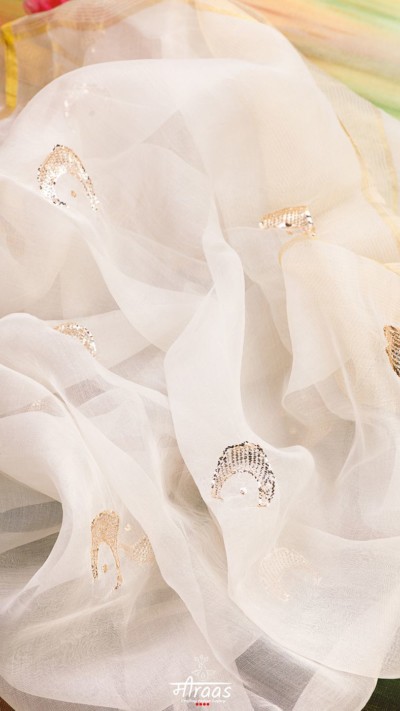No data was found
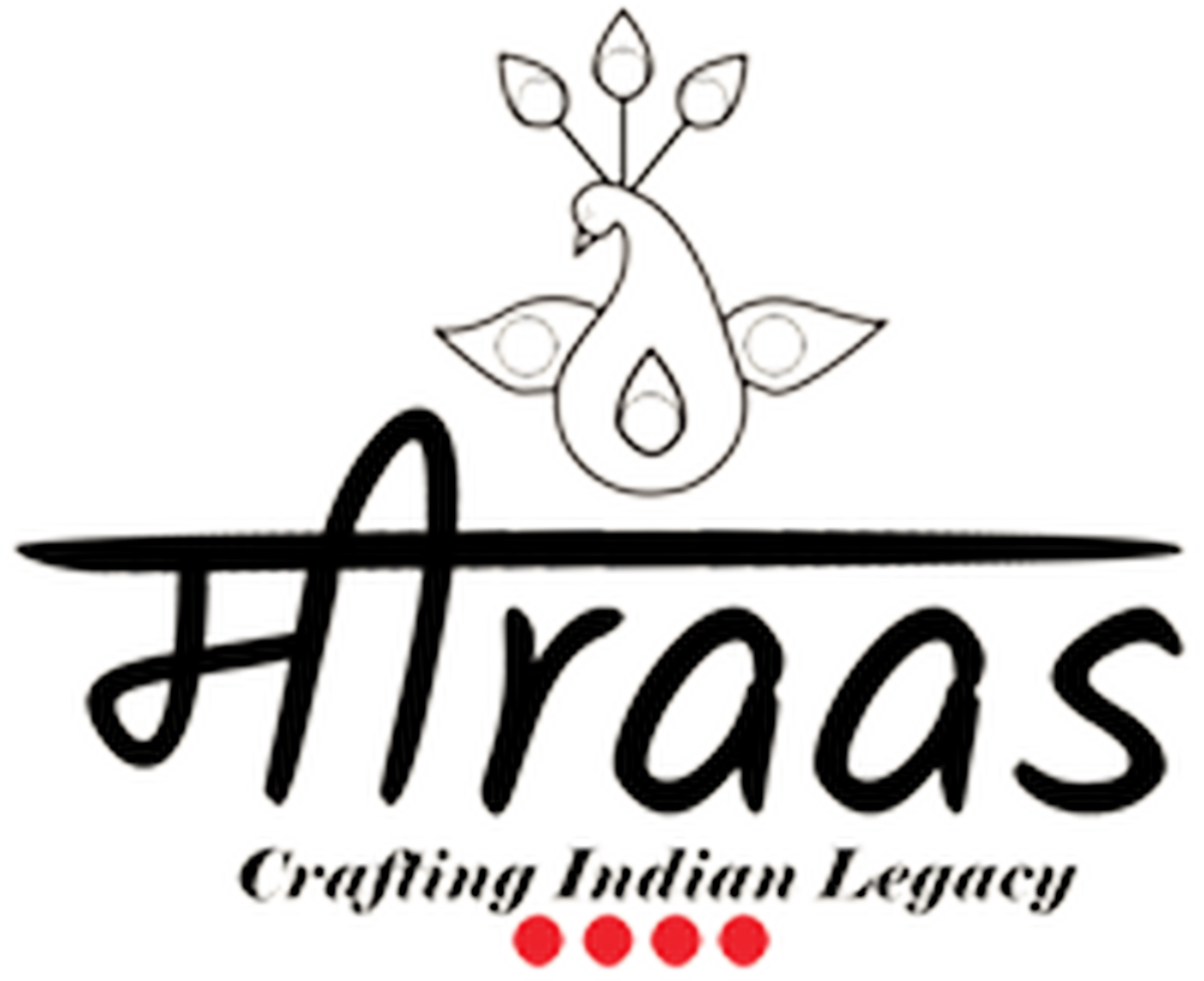
Please, enable Wishlist.
- Home
- Shop
- Dhanlakshami Chikankari Saree
- Advait Mens’ Chikankari
- Power Of Silence (Chikankari Kurta Edit)
- Ready To Ship
- Aari Zardozi
- Luxury Chikankari Dupattas
- The Wedding Collective
- Chikankari Statement Blouses
- Umrao Mukaish Collection
- Dopehri Chikankari Casuals
- Rajnigandha
- Rang Deenhi Shibori Collection
- Curated By Meiraas
- Saree
- Kurta
- Dupatta
- Blouse
- Top
- Stole
- Pants
- Handloom Chanderi
- Handloom Maheshwari
- Handloom Linen
- Handloom Cotton
- Handloom Organza
- Handloom Silk
- Cotton Silk
- Blog
- About
- Sustainability
Filter by categories
- Uncategorized
- Aari Zardozi
- Advait
- Chikankari Dupattas
- Chikankari Kurta Edit
- Chikankari Ready to Wear
- Curated By Meiraas
- Dhanlakshami Chikankari Sarees
- Dopehri
- Featured
- Gift Card
- Hand Spun Kosa Cotton & Chikan
- Rajnigandha Collective
- Rang Deenhi
- Ready to Ship
- Regalia - A Muakish Collective
- Statement Blouses
- The Wedding Collective
- Umrao
Filter by price
FILTER BY FABRIC
FILTER BY CRAFTS
Filter by categories
- Uncategorized
- Aari Zardozi
- Advait
- Chikankari Dupattas
- Chikankari Kurta Edit
- Chikankari Ready to Wear
- Curated By Meiraas
- Dhanlakshami Chikankari Sarees
- Dopehri
- Featured
- Gift Card
- Hand Spun Kosa Cotton & Chikan
- Rajnigandha Collective
- Rang Deenhi
- Ready to Ship
- Regalia - A Muakish Collective
- Statement Blouses
- The Wedding Collective
- Umrao
